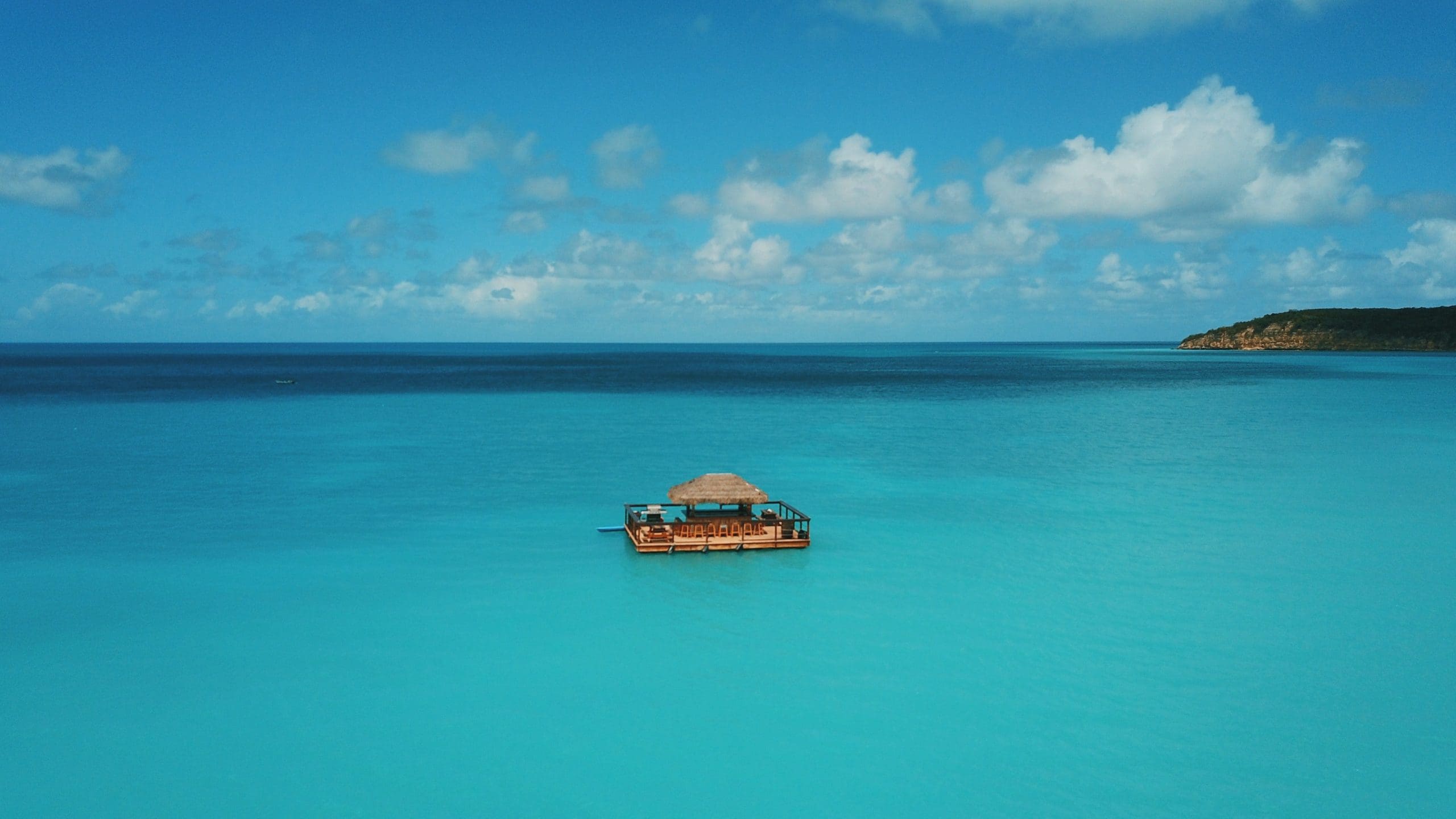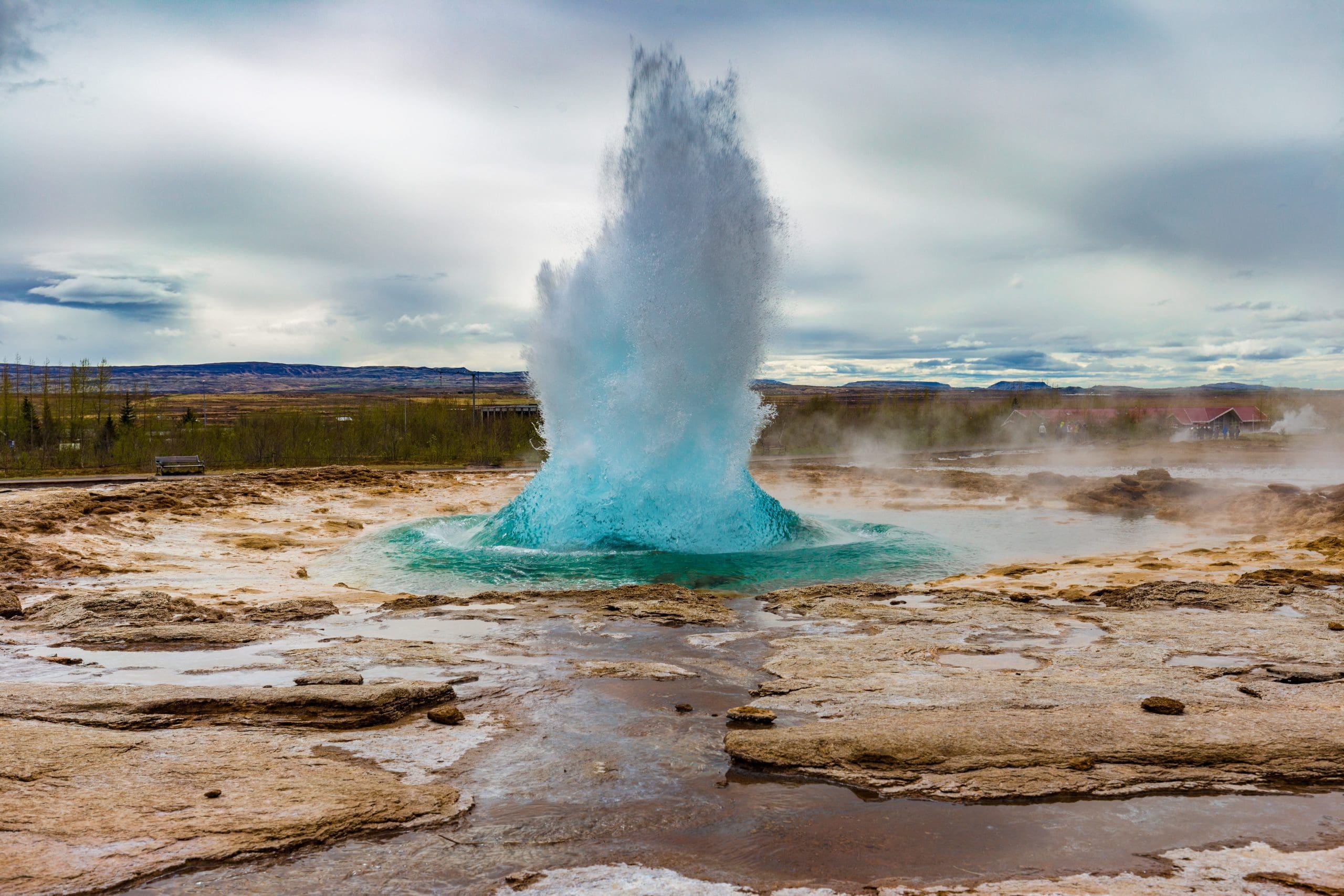Menu
The Yucatán Peninsula is a large peninsula located in southeastern Mexico. It is home to a number of popular tourist destinations, including the states of Yucatán, Quintana Roo, and Campeche. The peninsula is known for its beautiful beaches, ancient Mayan ruins, and rich cultural traditions.
The Yucatan Peninsula, a sparsely populated region of Mexico, is one of the most fascinating places on Earth. This peninsula, which lies to the south of Mexico City and near the Guatemala border, is home to several towns that are rich in history, culture and nature. Its rich biodiversity and gorgeous beaches make this an adventurous destination for travelers looking to explore some of Mexico’s most beautiful areas.
Population
126.7 million
Capital
Mexico City
Language
spanish
Currency
mexican peso
Time zone
gmt-7
Best time
dec-apr
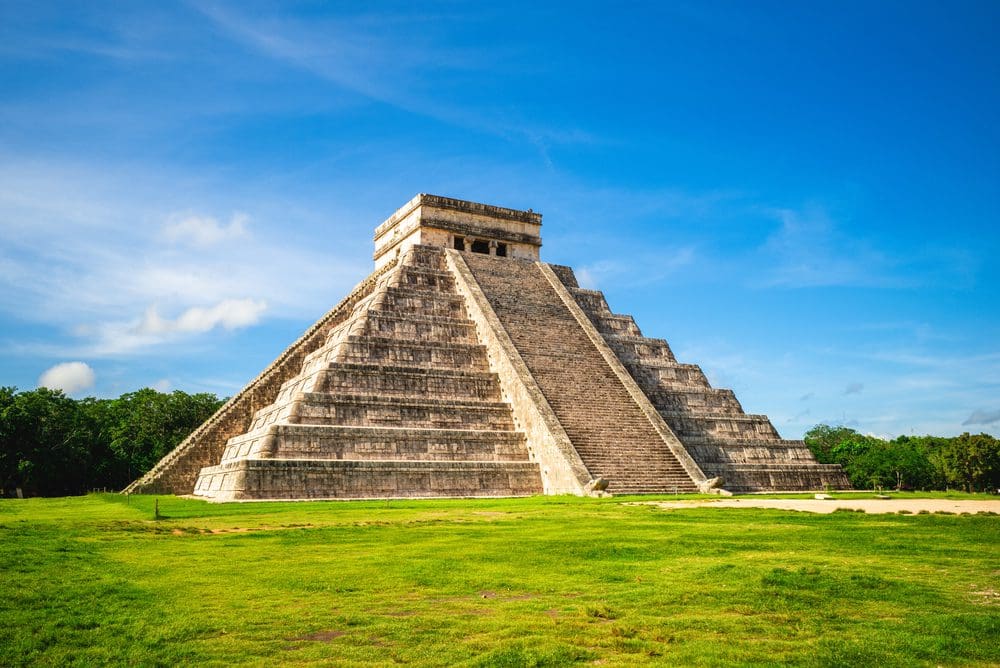
One of the most famous landmarks on the Yucatán Peninsula is Chichén Itzá, an ancient Mayan city that was declared a UNESCO World Heritage site in 1988. The city is home to a number of well-preserved ruins, including the Temple of Kukulcan, a pyramid that is considered one of the most important architectural structures in the Mayan world.
Other popular tourist destinations on the Yucatán Peninsula include the beaches of the Mayan Riviera, the colonial city of Mérida, and the ruins of Tulum. The peninsula is also home to a number of national parks, including the Calakmul Biosphere Reserve and the Ría Celestún Biosphere Reserve, which are both home to a variety of wildlife, including jaguars, pumas, and flamingos.
Mexico is a country with a rich history and vibrant culture, creating a multitude of things to admire. The state of Yucatán (Mexico) boasts beautiful beaches and tropical scenery that have attracted tourists from all over the world. The ruins at Chichen Itza are surrounded by lush forests, rainforests and wetlands, filled with wildlife such as alligators, crocodiles and birds such as toucans.
Mexico’s Yucatan Peninsula lacks sources of electricity, so solar is one of the best options. The sun shines here all year round and the area receives more than 300 sunny days per year.
Walking along the windy beaches and narrow, rocky paths of Playa del Carmen, Mexico is a magical experience. The warm waters are sparkling with marine life: schools of fish, sea turtles swimming just off the beach, and pelicans soaring overhead.
There are many reasons why someone might want to visit the Yucatán Peninsula, including its beautiful beaches, ancient ruins, and rich cultural traditions. Some specific reasons to visit the Yucatán Peninsula might include:
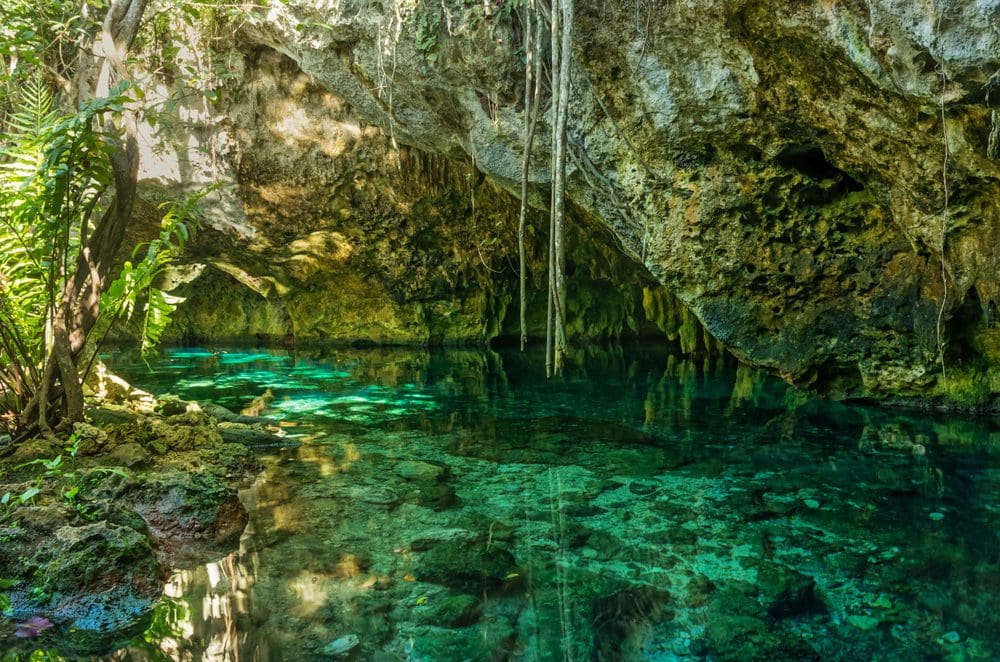
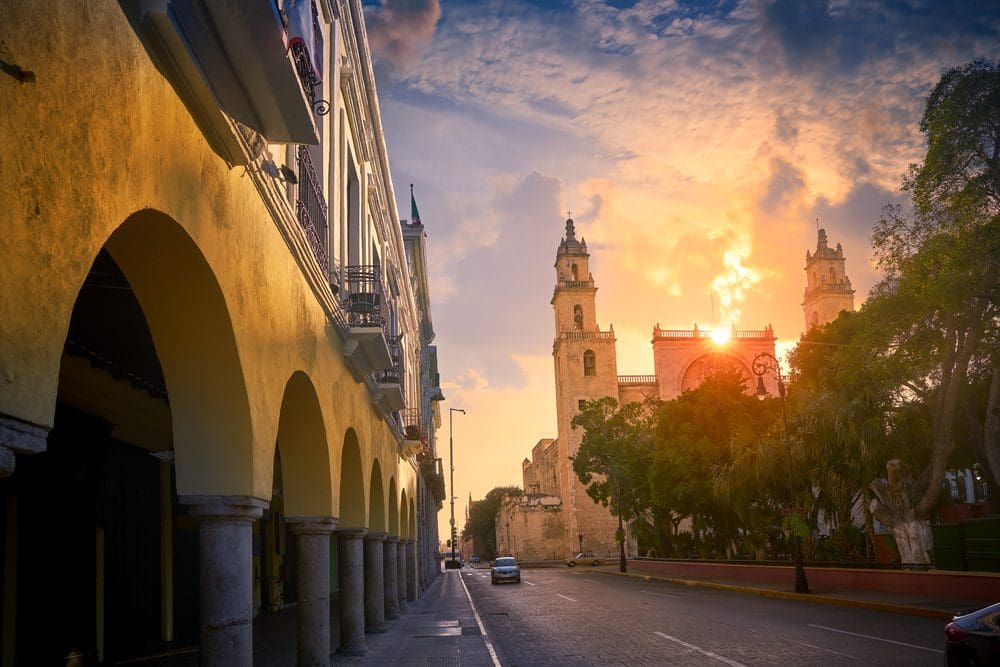
The Yucatan Peninsula has a tropical climate and two main seasons, the dry season and the rainy season. The dry season is from November to April, and the rainy season is from May to October.
The dry season is considered the best time to visit if you want to avoid the rain and enjoy sunny weather. This is the peak tourist season and the weather is hot and dry. The temperature during the day can reach up to 35°C (95°F) and it’s good time to visit beaches and cenotes, and to explore the Mayan ruins.
The rainy season is considered the best time to visit if you want to experience the lush vegetation and avoid the crowds. This is the low tourist season and the weather is hot and humid, with daily thunderstorms usually starting in the late afternoon. The temperature during the day can reach up to 30°C (86°F). This season is good for those who want to explore the natural reserves, such as the Sian Ka’an Biosphere Reserve.
